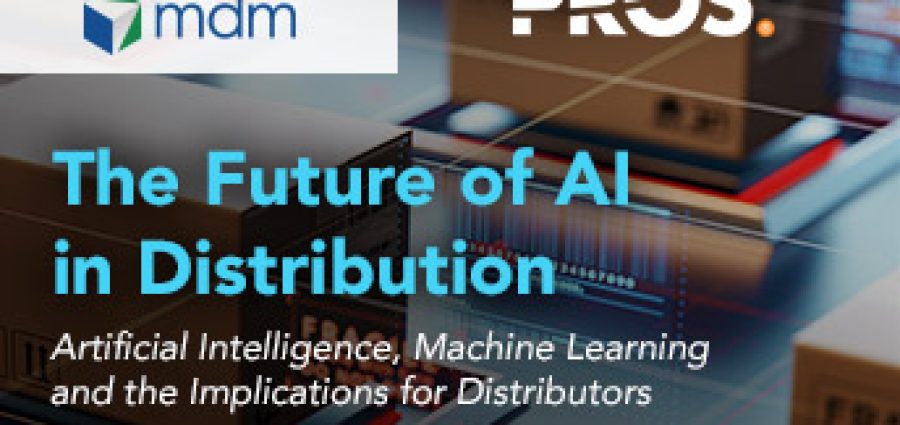In December 2013, Amazon founder and CEO, Jeff Bezos, announced on “60 Minutes” that Amazon was working on delivering packages to customers via drones. Bezos showed off a prototype drone that could carry up to five pounds, deliver within 10 miles of a distribution center and operate “autonomously,” meaning it wasn’t controlled by an operator behind a screen. Delivery drones would navigate and fly on their own, he said.
Bezos speculated that such drones could be in service by 2015, but other than some test flights, such drones aren’t in operation in a significant way at Amazon.
But there’s one company that is aggressively utilizing drone for package delivery today. JD.com, a large and fast-growing Amazon rival – has made 20,000 drone deliveries over the past few years, with routes in and out of 100 villages across China. The company’s CEO estimates that the drone program can reduce delivery costs vs. regular methods by 70% once it’s fully up and running. Like Amazon, JD.com’s drones are fully autonomous.
Real Intelligence on Artificial Intelligence
I co-authored – with Michael Wu, Ph.D., PROS’ Chief AI Strategist and Austin Garrison, a veteran private equity executive – MDM’s latest whitepaper, “The Future of AI in Distribution.” The JD.com story is just one of the anecdotes we included to help you understand how AI will affect our industry.
The paper also provides plain-English explanations to help you understand the meanings of terms like, “artificial intelligence,” “machine learning,” “augmented reality,” and more.
Experience AI for Yourself
If you’re skeptical about how AI might provide benefits to business customers, you should be aware that Amazon currently offers, “Alexa for Business” – a set of smart speakers your customers can use to order office products today. But you don’t need to buy an Alexa for Business package to test these capabilities today.
If you download the Amazon app to your phone, you can demo this technology yourself by clicking on the camera or microphone icon and then either photographing various products or describing what you need verbally. The artificial intelligence behind the app does a great job recognizing countless objects and helpfully takes you to the pages where you can order them – from Amazon, of course.
Artificial Intelligence is Coming to Distribution
JD.com sells to consumers in China and is coming to the U.S. as a retailer. However, as is usually the case, developments in retail offer insights into the technologies distributors will adopt a few years from now. A good example is Amazon – the company has leveraged AI in many consumer-facing applications and is now embedding this technology into its B2B operations.
All of the business buyers you sell to are consumers in their personal lives. That means they are enjoying the benefits of AI-driven technologies as consumers and these experiences are raising their expectations of their B2B suppliers. This helps Amazon grow in B2B – buyers find the interface familiar and the capabilities useful. It’s essential that distribution leaders understand artificial intelligence in order to plan how to build these capabilities into their business strategies.
Some experts believe the “AI revolution” will be as big as the “internet revolution.” I think that’s accurate and – just like the early days of the internet – it’s easy to be skeptical about such claims. In any case, it’s essential that you grasp the concepts and our new whitepaper is a great step towards arriving at an understanding in the context of the distribution industry.
Download the Paper and Take Our Free Online Assessment
You won’t need a drone to deliver your copy of our new whitepaper. You can download it here: https://mdm-3905281.hs-sites.com/mdm-artificial-intelligence-playbook
If you want to evaluate your company’s readiness to adopt AI-driven solutions, you can take our assessment test online, also for free: https://mdm-3905281.hs-sites.com/ai-assessment
As always, I welcome your input. Please feel free to comment below or send me an email at ian@mdm.com.


